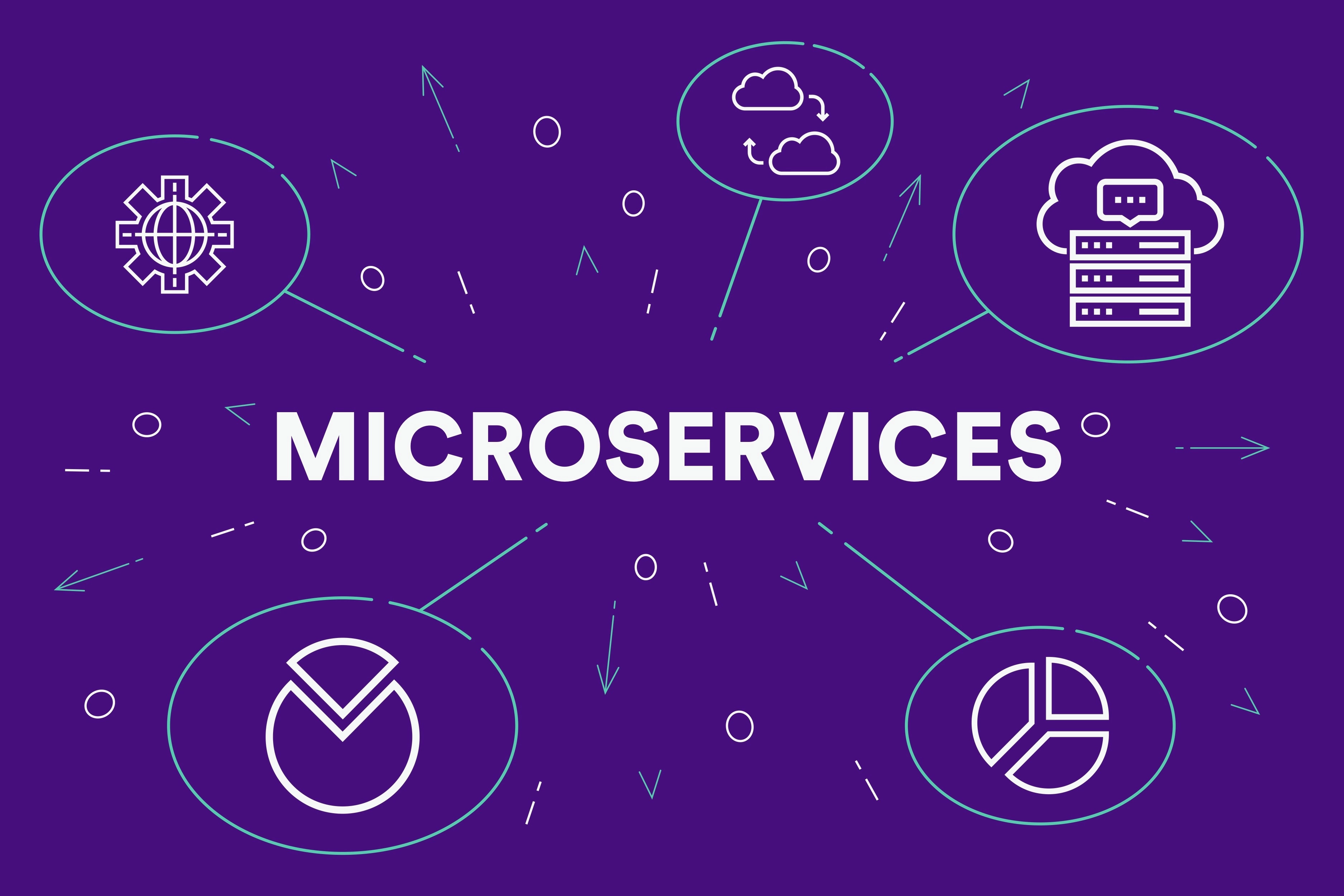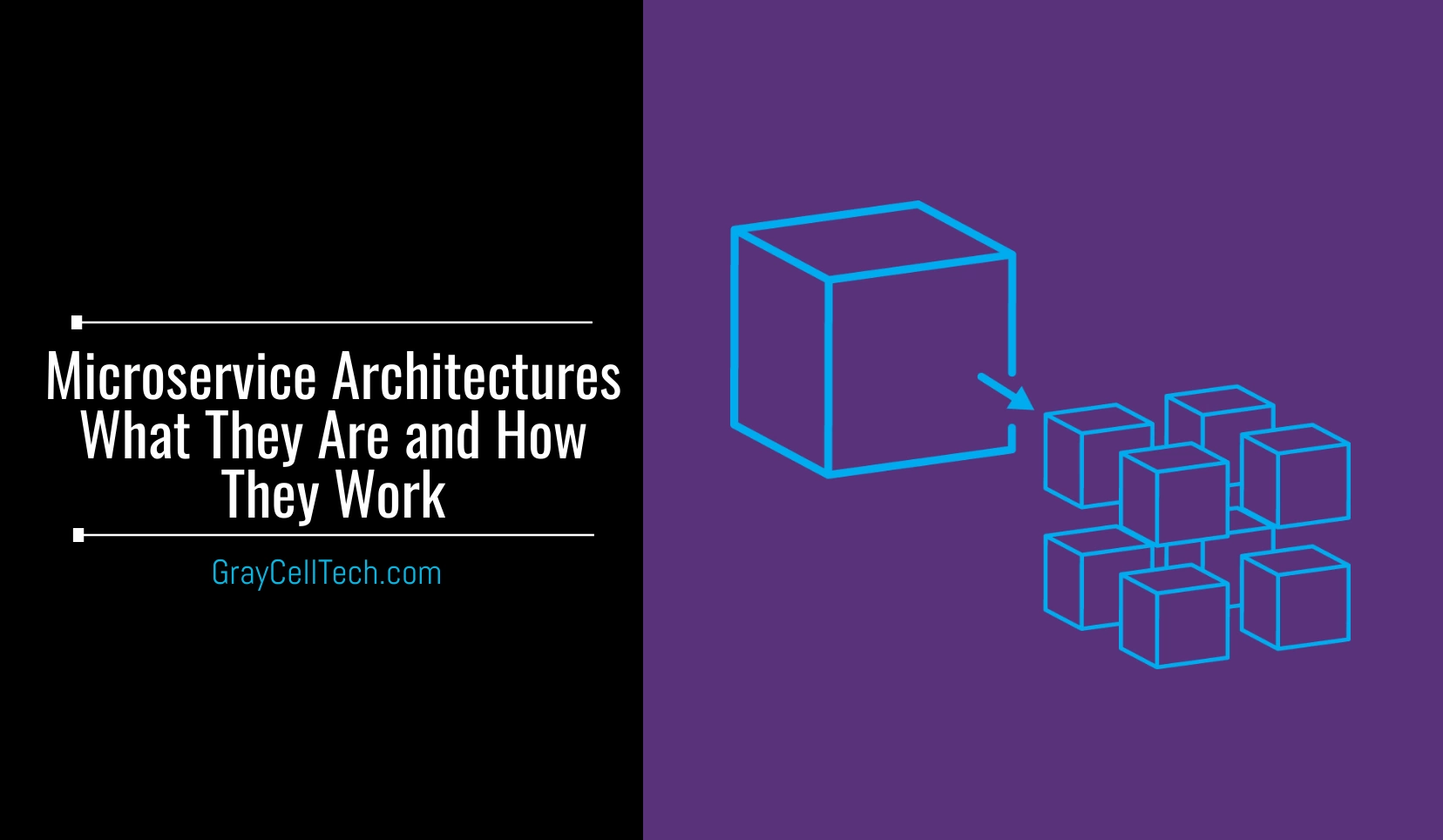The software can be built in various ways. Instead of viewing the project as a whole, it can be divided into tasks and grouped together. These tasks are termed as Microservices. Microservices are related to computer application structure. When we talk about agile project management, microservices play a crucial role in planning. Let’s understand about microservices (or microservice architecture) in detail.
What is a Microservice Architecture?
“Microservice architecture is a unique approach to developing software systems. This approach concentrates on building single-function modules using well-defined interfaces and operations.”
Microservice architecture (or Microservices) has become a popular trend in recent years. It started gaining popularity since the time businesses wanted to become more agile and shifted towards DevOps and continuous testing.
Microservices can be implemented by creating small teams that can take care of individual services. The project manager must focus on teams and highlight their independence. Also, each team must be responsible for its end product throughout the development cycle. This method is advantageous and results in modular software architecture.

Many companies like Amazon, and eBay and have started adopting the microservice architecture. Amazon has migrated from its two-tiered architecture to microservice architecture to handle countless calls from various applications (including applications that manage the website as well as web service API). eBay also went through the same transition. Its core application comprises of a variety of autonomous applications, each one executing the business logic for different function areas.
Characteristics of Microservice Architecture
1. Multiple Components
The software can be divided into multiple component services. Each service can be deployed, tweaked, and redeployed individually without compromising the integrity of an application. Therefore, rather than redeploying the complete application, you can change one or more distinct services. However, this will lead to many disadvantages, such as expensive remote calls, coarser-grained remote APIs, and increased complexity while redistributing responsibilities between components.
2. Built For Business

Microservice architecture is built for business capabilities and priorities. It utilizes cross-functional teams in which each team has to make specific products based on one or more individual services that communicate via message bus. The team owns the product for its lifetime.
3. Simple Routing
Microservices receive requests, process them, and generate a response accordingly. They have smart endpoints for processing information and applying logic, whereas dumb pipes for transmitting the information.
4. Decentralized
Microservice architecture favors decentralized governance as it involves a variety of technologies and platforms for which centralized governance is not optimal. Developers strive to produce useful tools that can be used by others to solve the same problems. Microservices also prefer decentralized data management. Each service usually manages its own unique database.
5. Failure Resistant
The microservice architecture is designed to cope with failure. In case a service fails due to any reason, we allow its neighboring services to function. We can prevent the risk of failure by monitoring microservices. This adds more complexity to the microservice architecture.
6. Evolutionary

The microservice architecture is ideal for evolutionary systems in which it is difficult to fully predict the types of devices that might access your application someday. Earlier companies used monolithic architecture, but as multiple unforeseen requirements surfaced, they revamped to microservice architecture. Microservices interact over monolithic architecture through APIs.
Pros and Cons of Microservice Architecture
Pros
- Easy deployment
- Easy to understand
- Less development time
- Quick scaling
- Re-usability across business
- Better fault isolation
- Can be deployed in relatively small teams
Cons
- Complex testing
- Extra effort in design for communication between services
- Latency during heavy use
- Potentially too much granularity
How Does Microservice Architecture Works?
In a microservice architecture, an application is split into services. Each service runs a unique process and manages its own database. A service can perform various tasks such as handle user identification/authentication, generate alerts, support UIs (user interfaces), and log data.
The microservice paradigm helps the development team in providing a more decentralized approach to build the software. Using the microservice architecture, each service can be rebuilt, isolated, redeployed as well as managed independently. For instance, if a program is not generating reports properly, it is easy to trace the individual service due to which the problem occurred. That service can then be tested, restarted, patched, and redeployed as per requirement, without affecting any other service.
Conclusion
Microservices is not a new approach. The microservice architecture was always present in the form of service-oriented architecture (SOA), web services, and modular and layered architecture. It has gained momentum due to several factors such as the frustration of not getting the desired output that was expected from old architectures, availability of tools and technologies to easily develop and deploy microservices applications, big technology product company adaption for the microservice architecture, and wide adoption of infrastructure as a Service (IaaS), like Google Cloud Platforms, Amazon Web Services, or others that have opened the door for easy DevOps operations.






